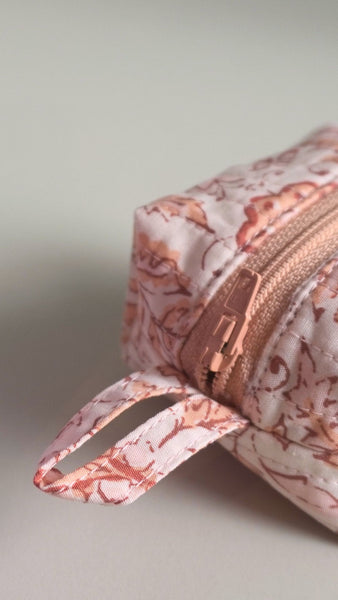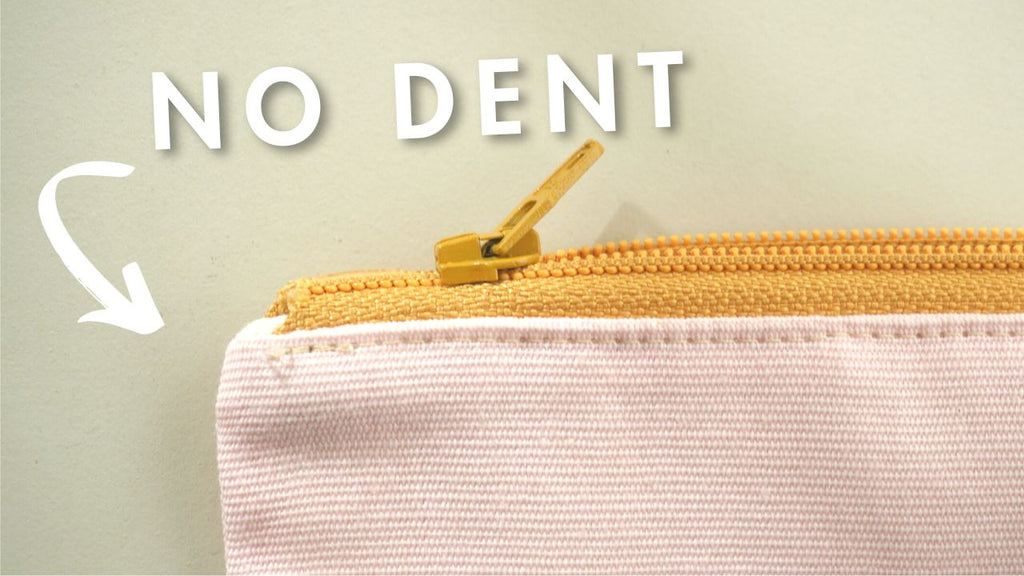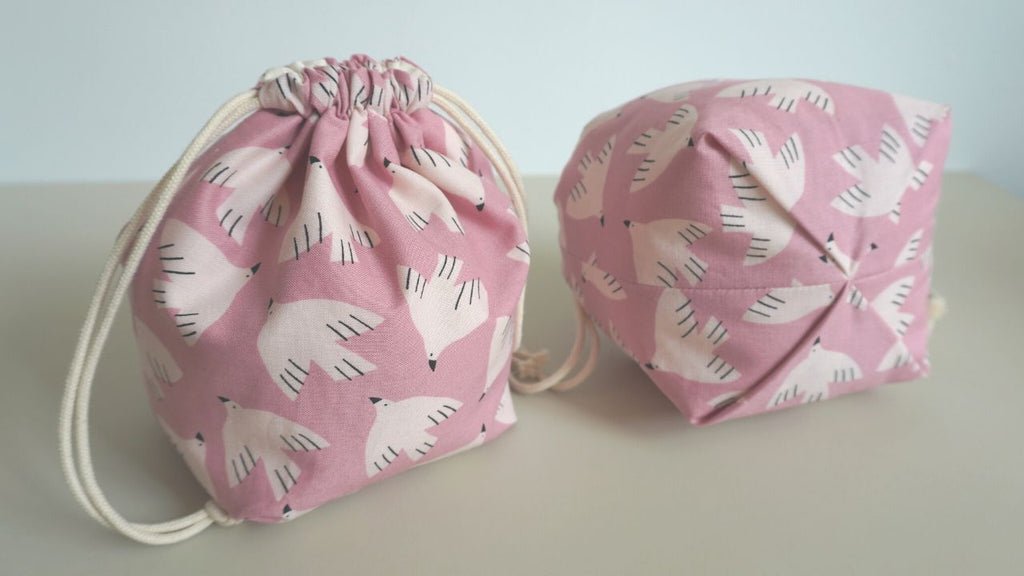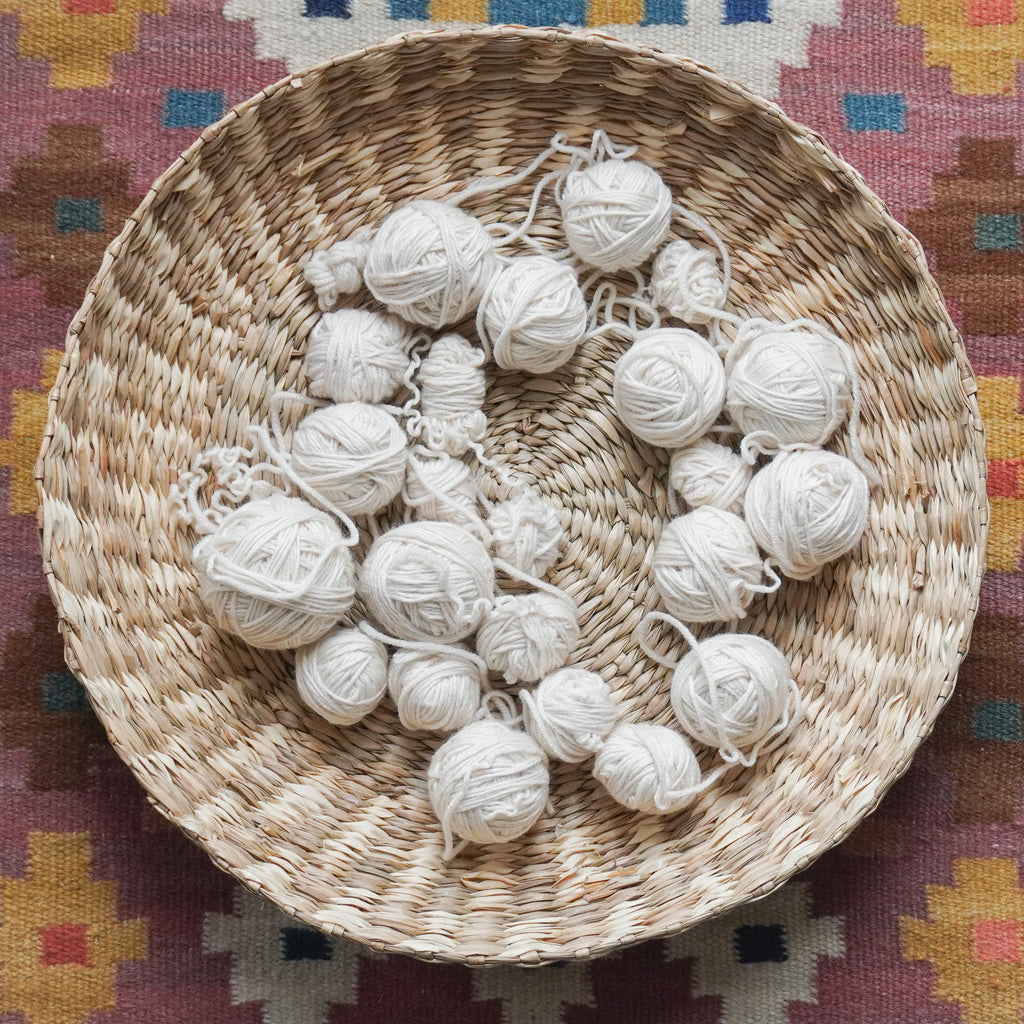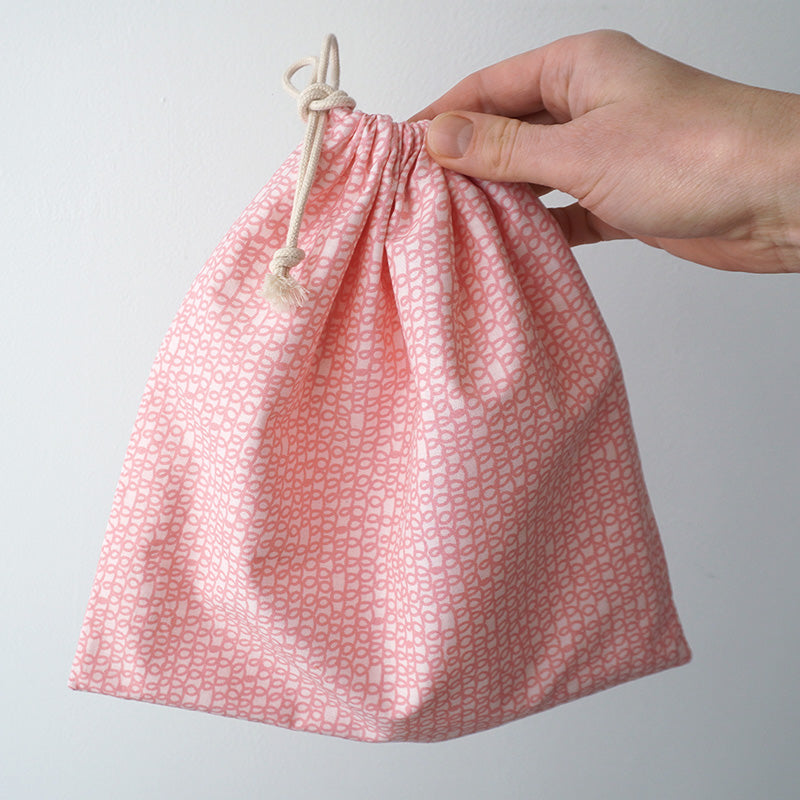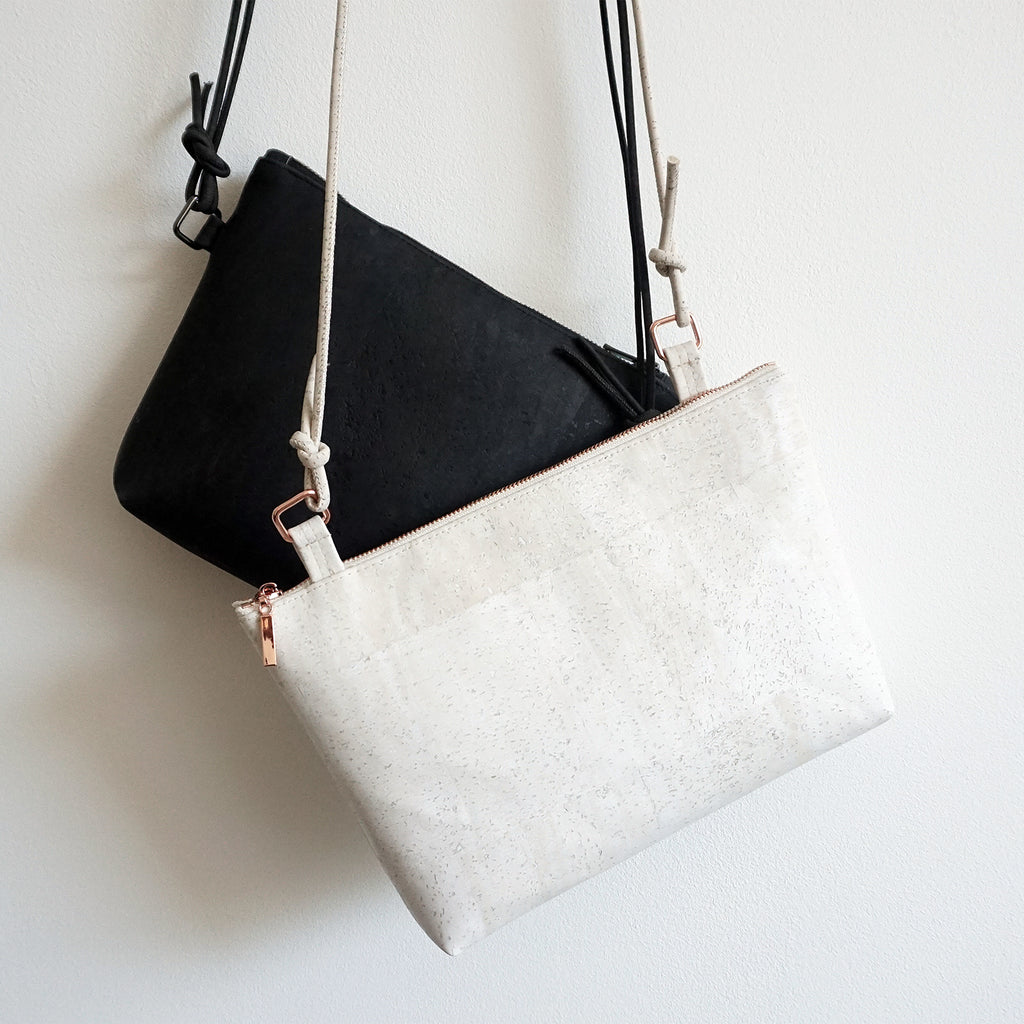Sewing a Mini Tote Bag: A Beginner-Friendly Tutorial

In this beginner-friendly sewing tutorial, I'll guide you through the steps to create a cute mini tote bag that's both fun to sew and functional. I plan to use them as gift bags for books or notebooks. This one fits 2 size a5 notebooks.
Getting Started
Before diving into the sewing process, it's essential to choose the right fabric. Opt for something like quilting cotton, which is easy to work with and comes in a variety of colors and prints. Additionally, ensure your fabric is on grain when you cut the pattern, though for a small bag like this, perfection isn't crucial.
Sewing Techniques
We'll be using French seams for this project, which may sound fancy but are actually quite simple and provide a clean, professional finish. Don't worry if you're not familiar with them; we'll walk you through each step. This project is the perfect opportunity to give them a try and practice.
By the end of this tutorial, you'll have a charming mini tote bag that's perfect for carrying small essentials, to use as a party favor bag or as a thoughtful gift(bag) for a friend.








